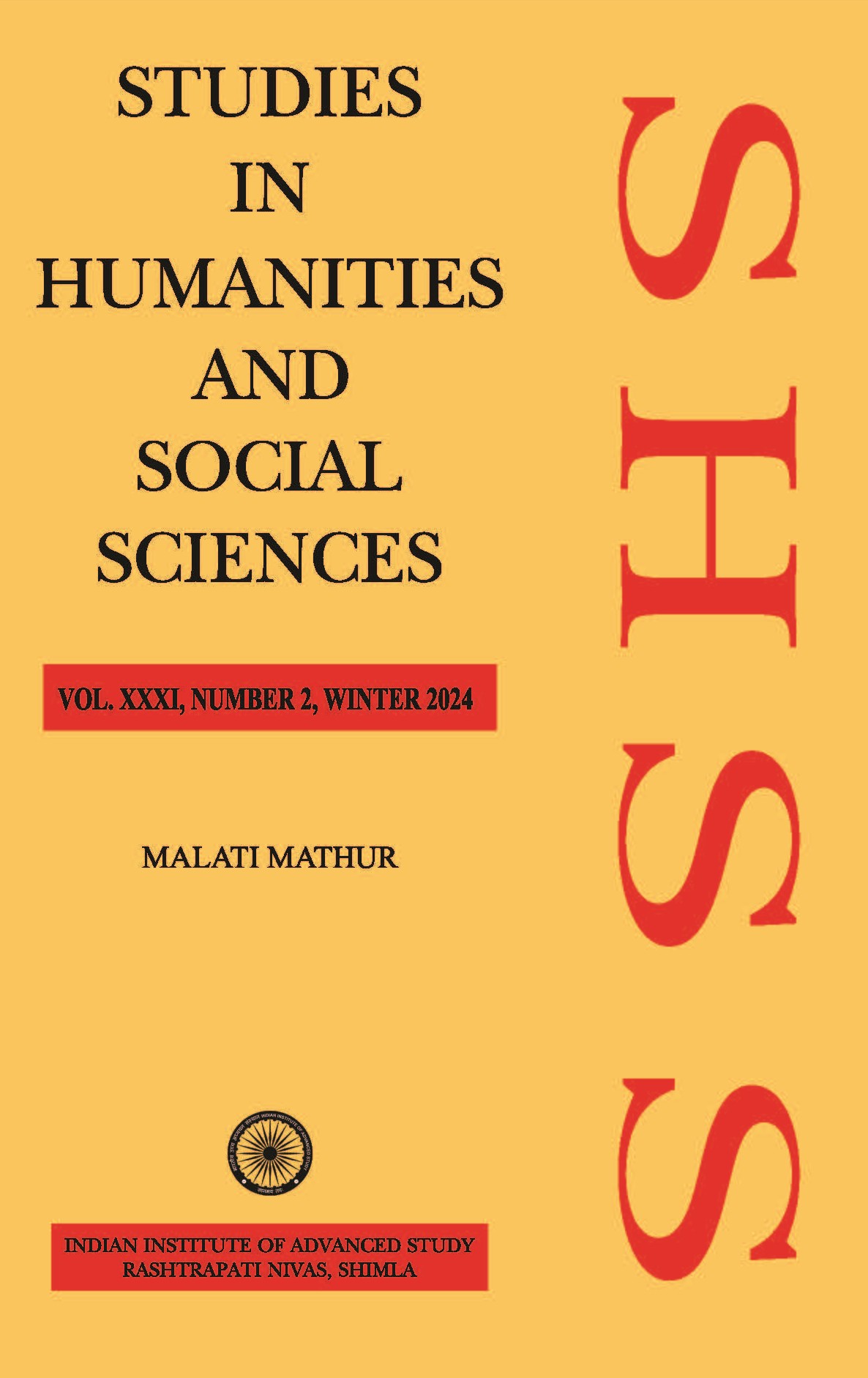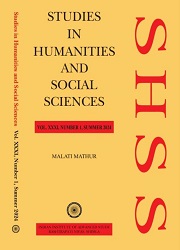Philosophy of Universal Human Values through Tibetan Buddhist Iconography in Sikkim
Keywords:
Tibetan Buddhist,, Iconography,, Folk Beliefs,, Human Values.Abstract
While earlier Buddhist art utilized minimalist symbols like footprints and the Bodhi tree, contemporary Tibetan Buddhist iconography features intricate details, such as the 32 Mahapurusha Lakshana, reflecting a rich philosophical tradition. This paper focuses on how these often-overlooked iconographic details embody the Buddhist concept of happiness, intrinsically linked to the Triratna (Three Jewels): Buddha, Dharma, and Sangha. Specifically, the study analyzes the role of these sculptures in conveying moral values and preserving folk beliefs related to karma and the interconnectedness of all beings within Sikkim’s cultural context. This research examines the preservation of cultural concepts and universal human values within Tibetan Buddhist sculptures in Sikkim, India. It explores how specific iconographic elements, such as representations of the Dharmachakra and the lotus flower, symbolize compassion, wisdom, and the Noble Eightfold Path. By examining these visual narratives, the research aims to enhance understanding of how Tibetan Buddhist iconography acts as a vital medium for communicating ethical principles and preserving cultural heritage, ultimately contributing to the promotion of universal human values in the region.



